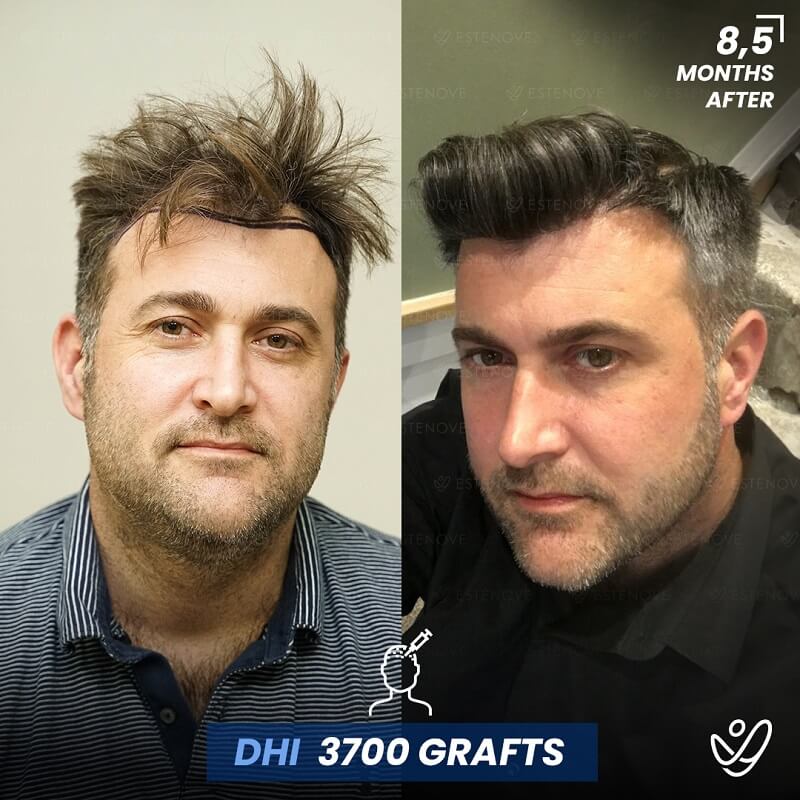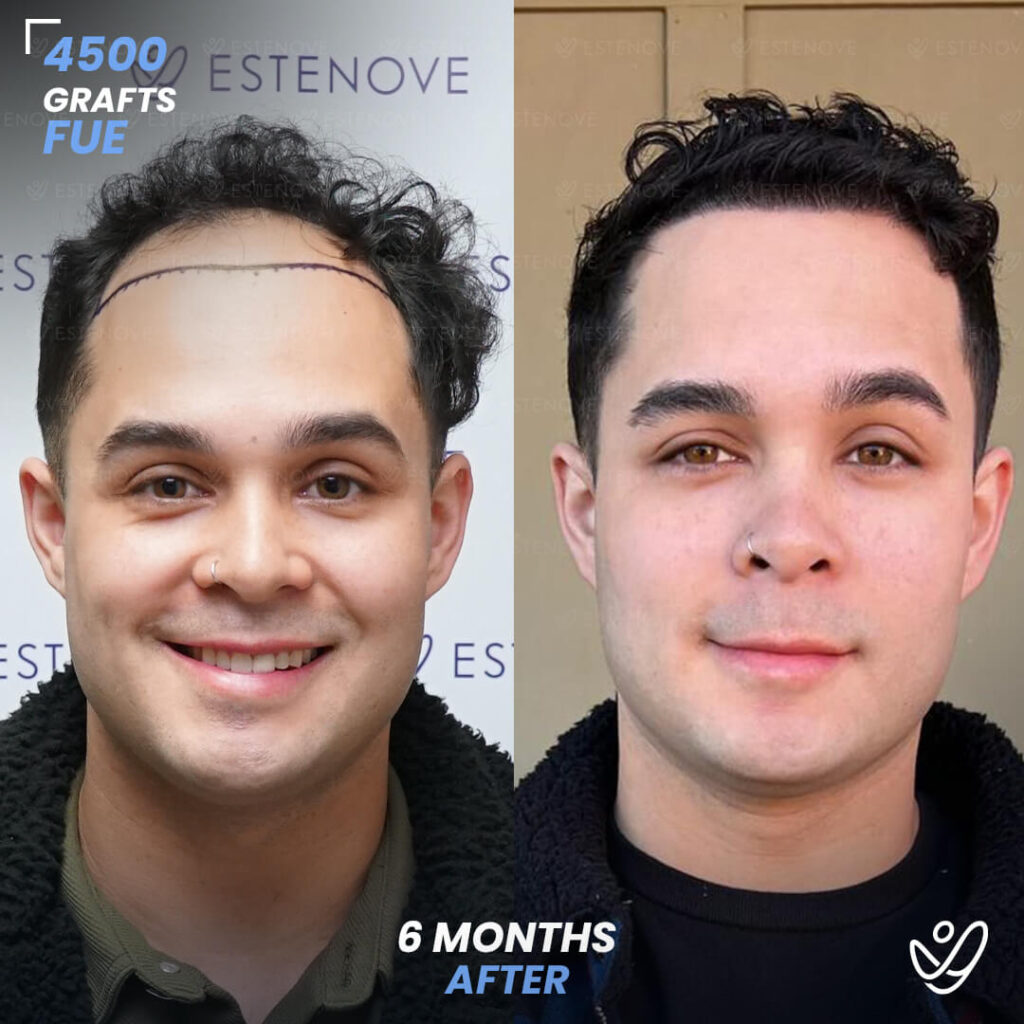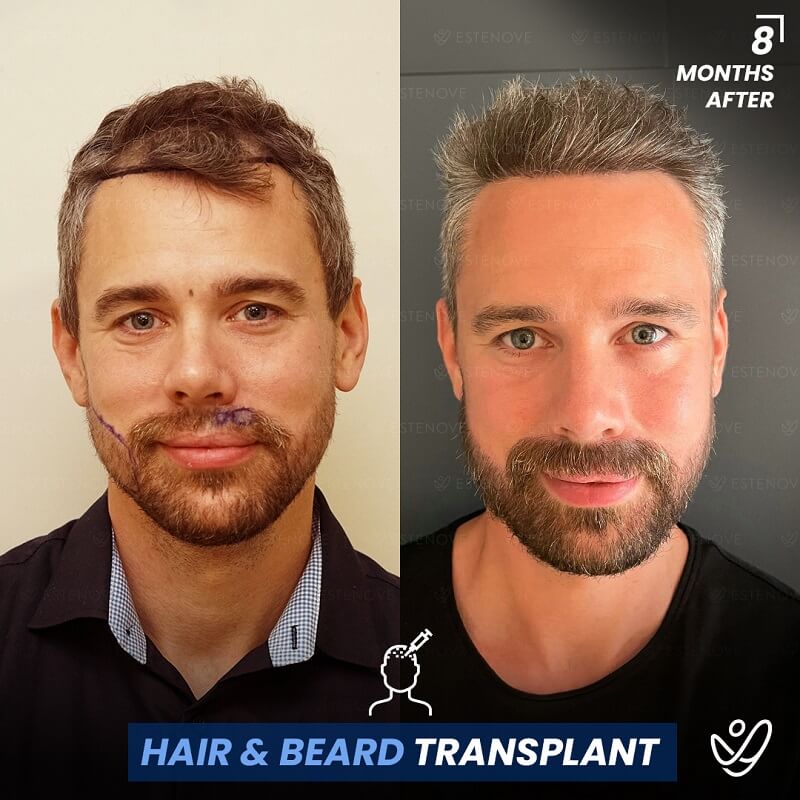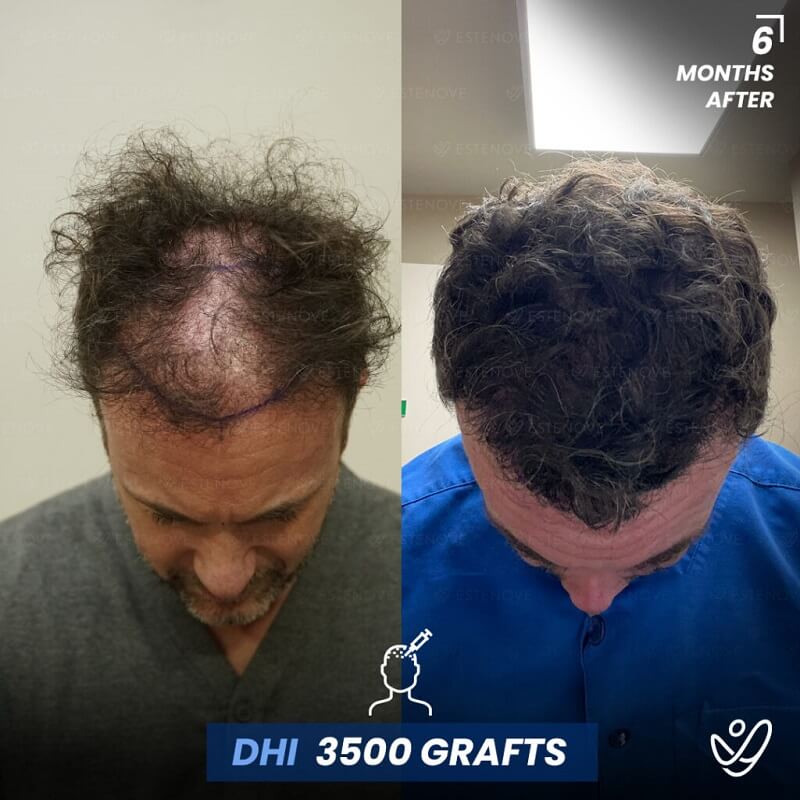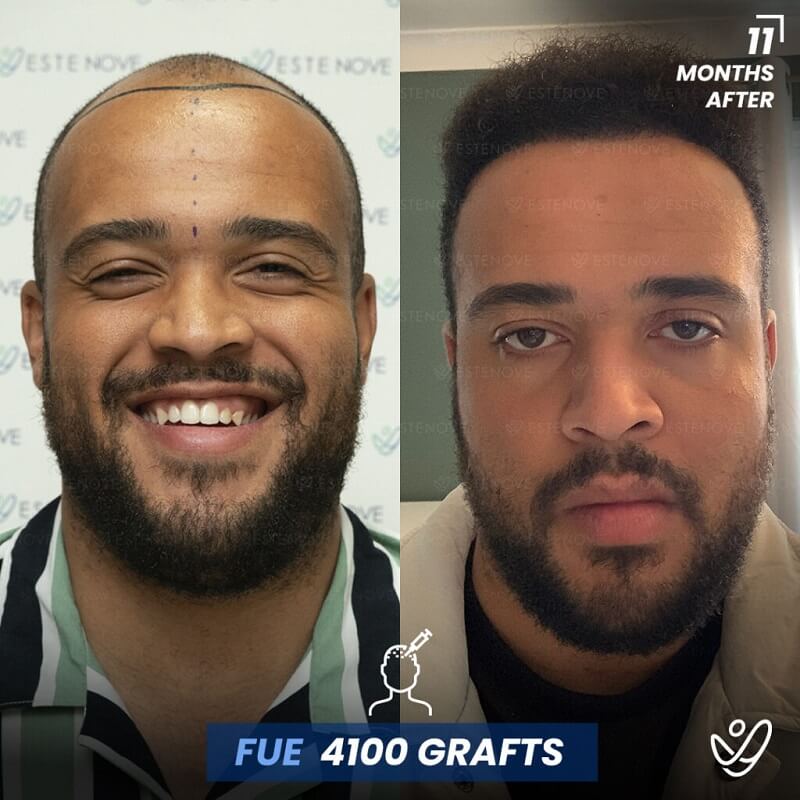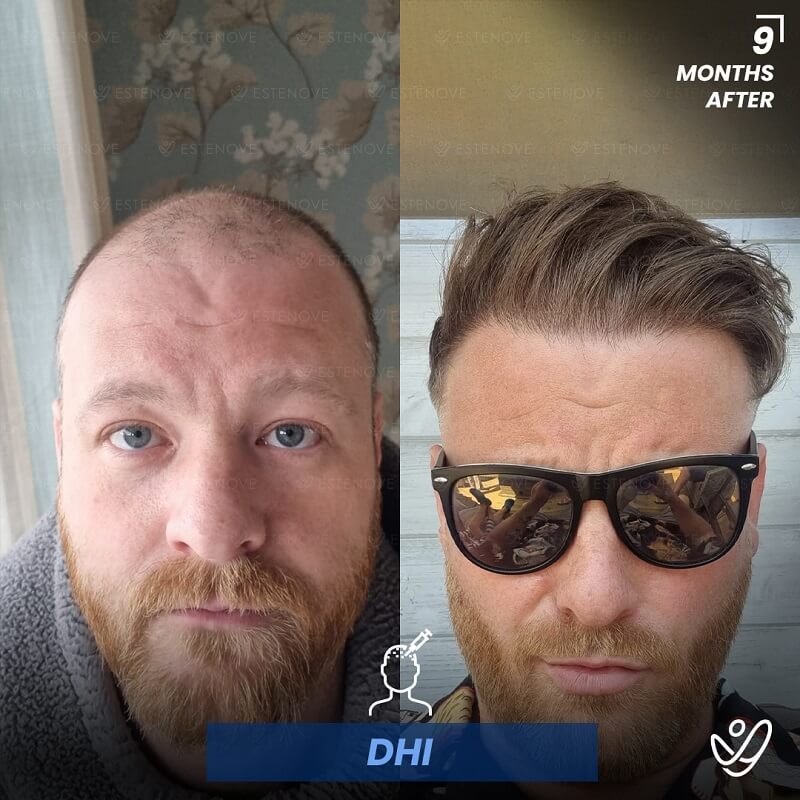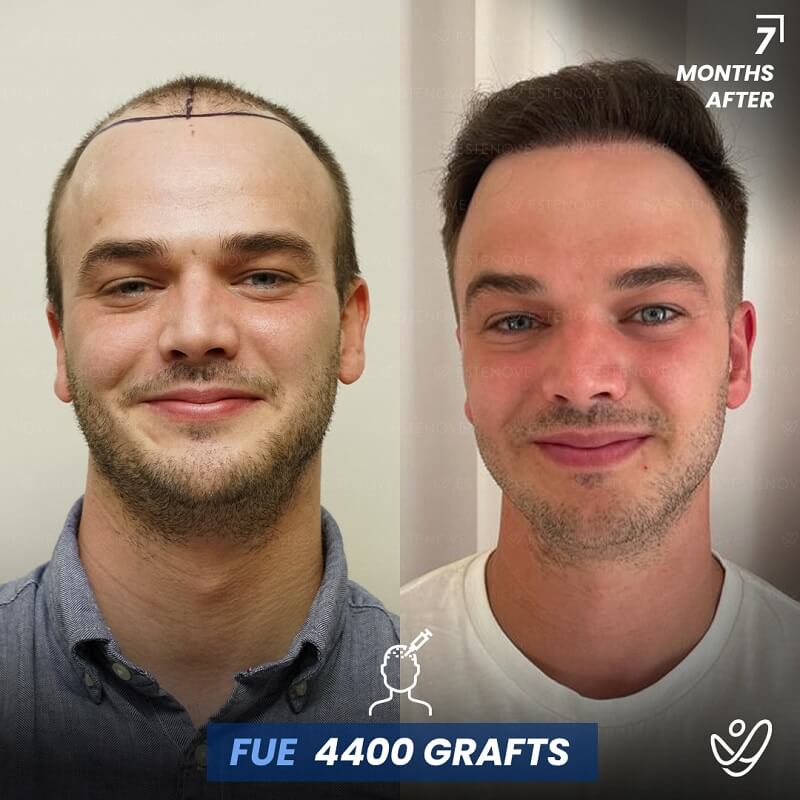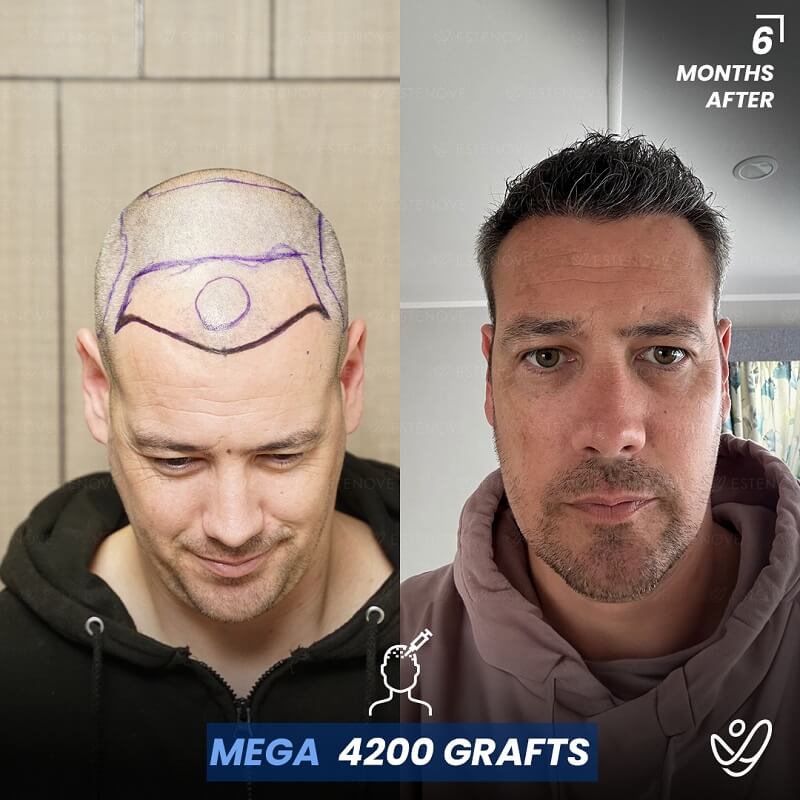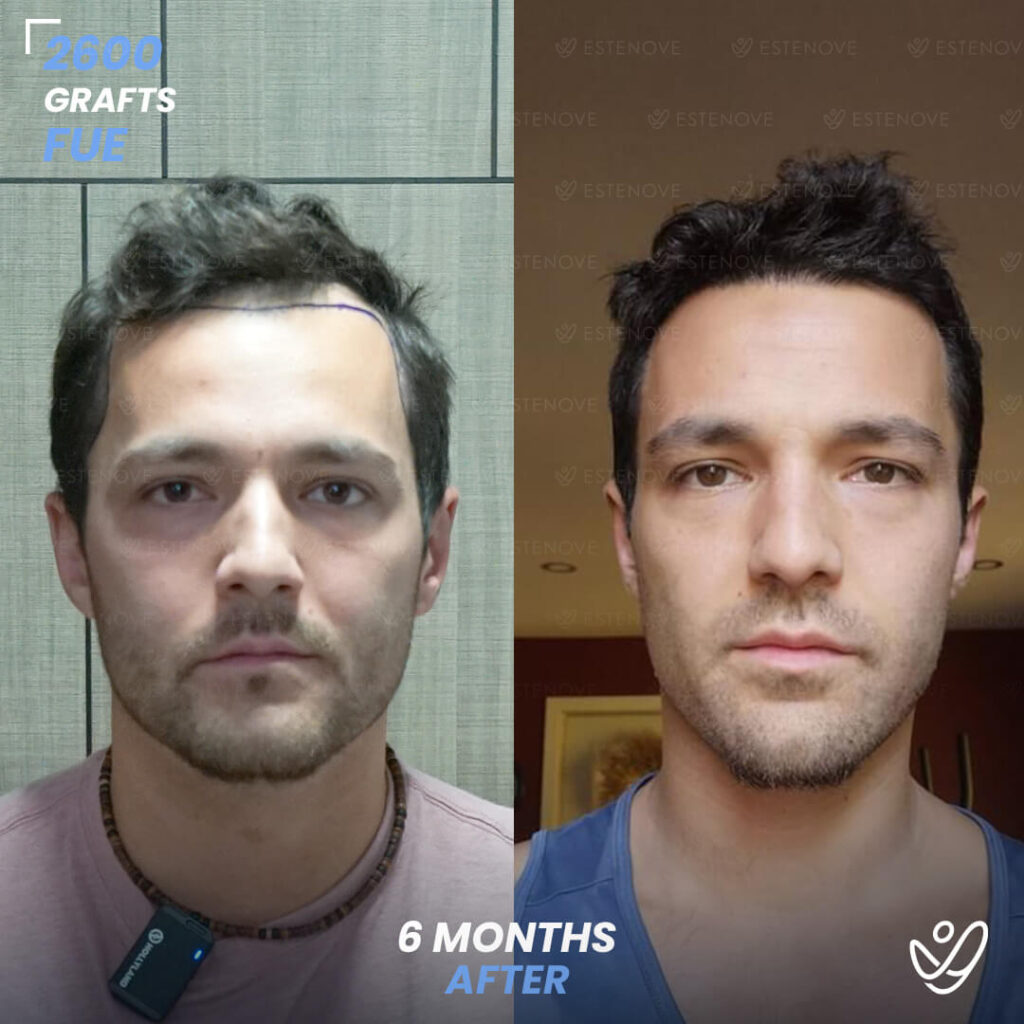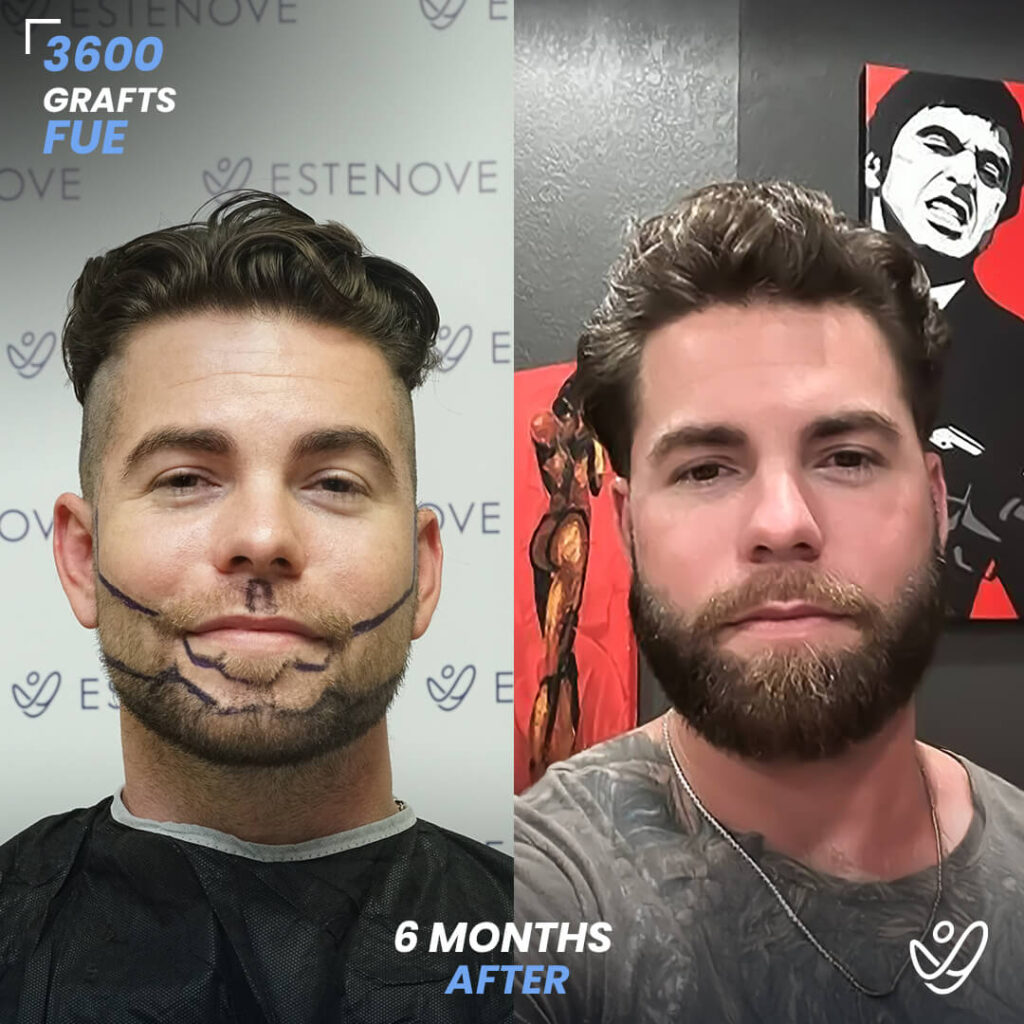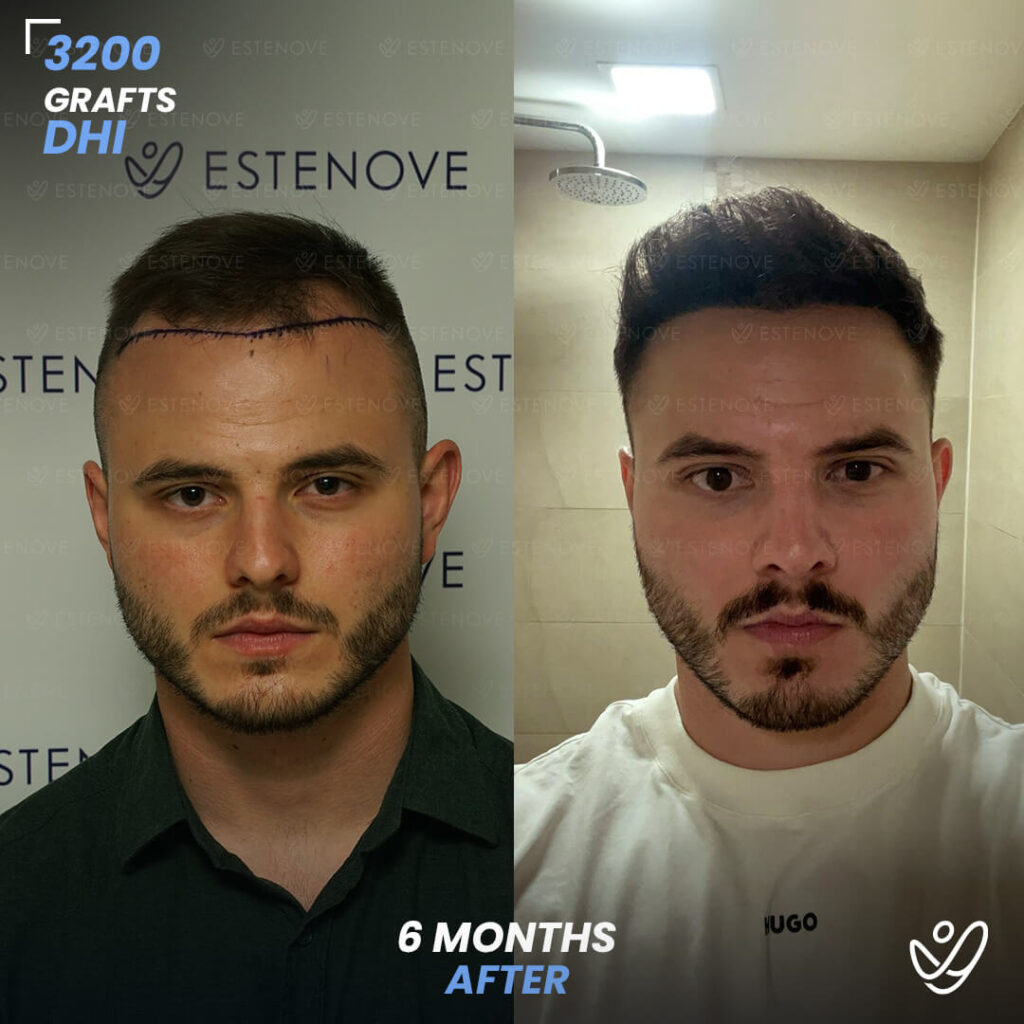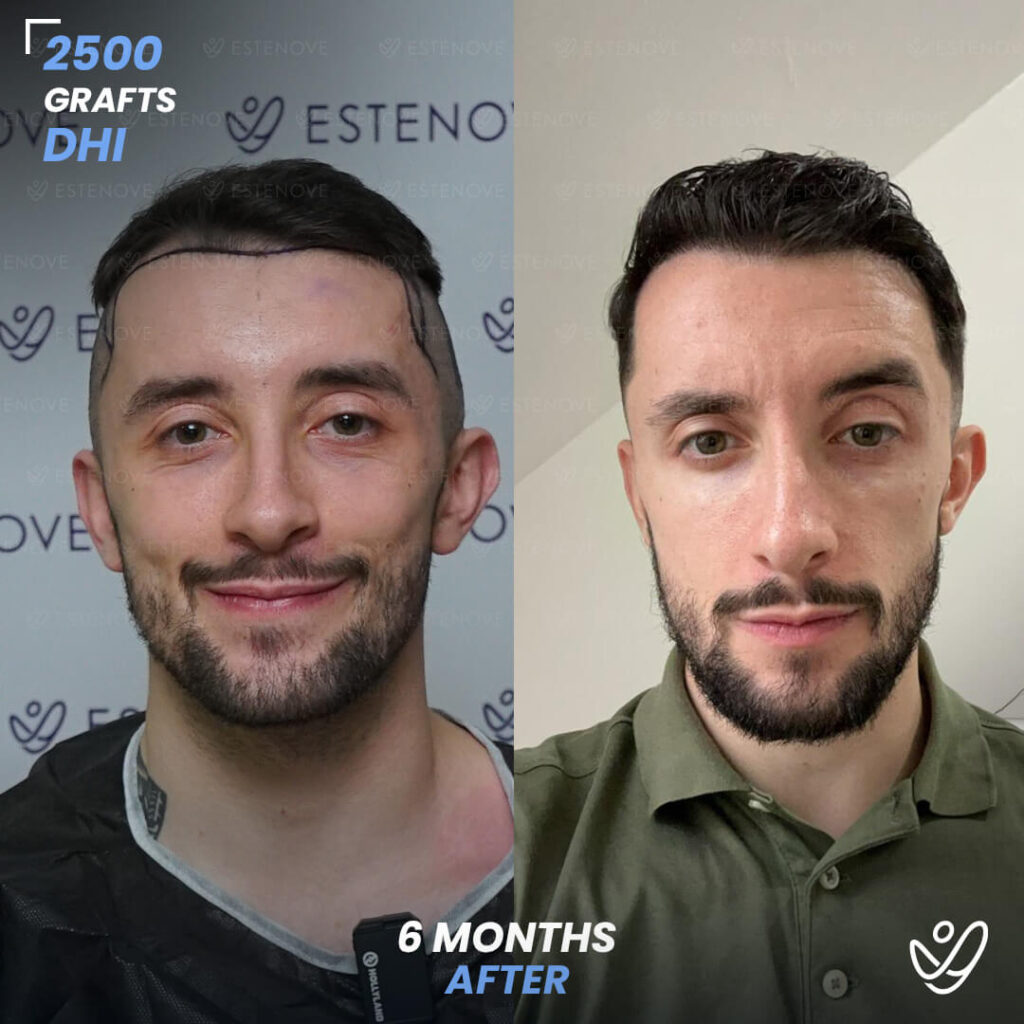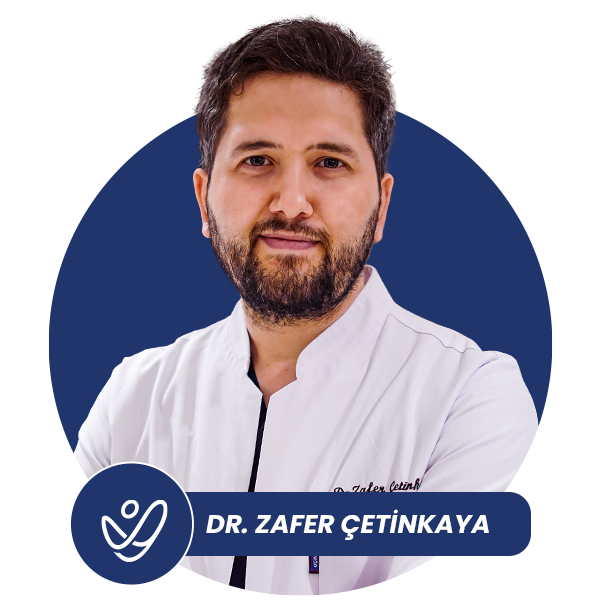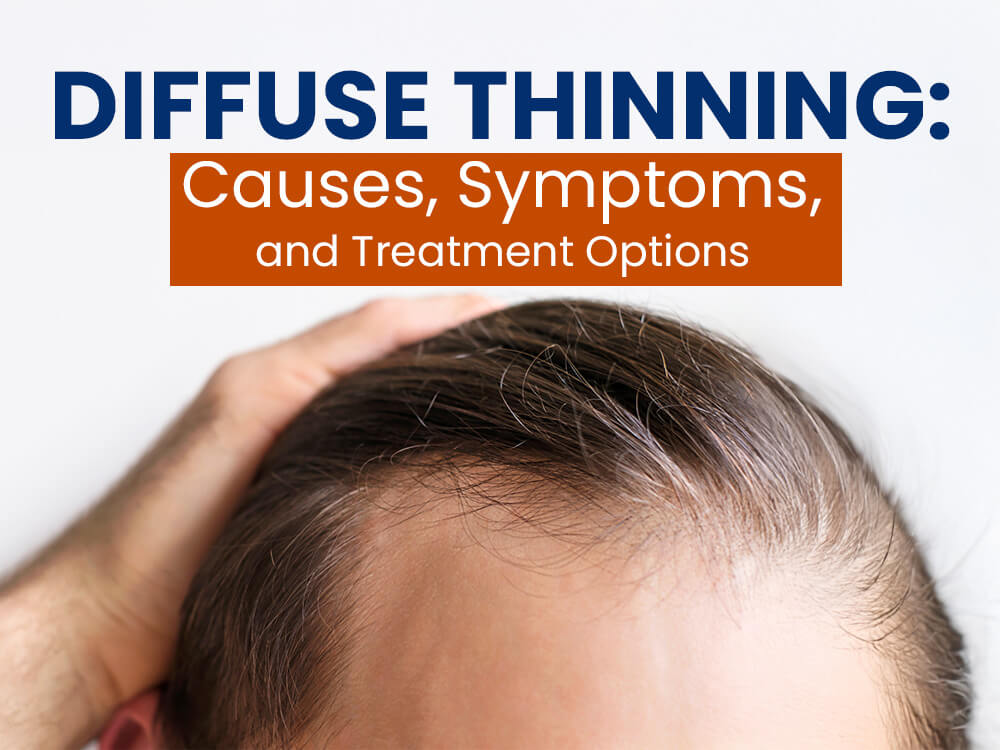
Hair loss can be a distressing experience for many individuals, and one of the more common types is diffuse thinning. This condition leads to an overall reduction in hair density, which can affect both men and women. Understanding diffuse thinning is crucial for those experiencing it, as it helps identify effective treatment options and preventative measures.
What Is Diffuse Thinning?
Diffuse thinning refers to a uniform loss of hair over the scalp rather than in distinct patches or patterns. This condition results in a gradual decrease in the overall volume of hair, leading to a visible thinning appearance. Unlike pattern baldness, which often has discernible stages, diffuse thinning presents a more subtle form of hair loss. The even distribution of hair loss can make it particularly disheartening, as individuals may feel that their hair is thinning without any clear reason or identifiable cause.
Symptoms can emerge over a few weeks to months, and the gradual process can make it challenging to notice at first. However, both men and women may find that their hair appears less voluminous or is more difficult to style. It is essential to take early signs seriously to identify potential underlying causes. Factors contributing to diffuse thinning can include hormonal changes, nutritional deficiencies, stress, and certain medical conditions. For instance, conditions such as telogen effluvium, which can occur after significant stress or trauma, may lead to this type of hair loss. Additionally, inadequate intake of essential nutrients like iron, zinc, and proteins can exacerbate the issue, highlighting the importance of a balanced diet in maintaining healthy hair.
Moreover, the psychological impact of diffuse thinning can be significant. Many individuals experience feelings of self-consciousness or decreased self-esteem as their hair becomes thinner. This emotional toll can lead to anxiety and even depression in some cases, making it crucial to address both the physical and emotional aspects of hair loss. Support groups and counseling can provide valuable resources for those struggling with the effects of diffuse thinning, allowing individuals to share their experiences and coping strategies. Understanding the condition and seeking appropriate treatment options, whether through medical intervention or lifestyle changes, can empower individuals to regain confidence in their appearance.
Causes of Diffuse Thinning
The causes of diffuse thinning can be multifactorial. One of the primary reasons is hormonal changes, often caused by conditions such as pregnancy, menopause, or thyroid disorders. These changes can lead to a disruption in the hair growth cycle.
- Stress: High levels of emotional or physical stress can trigger a condition known as telogen effluvium, where hairs prematurely enter the shedding phase.
- Nutritional Deficiencies: Lack of essential nutrients, particularly iron, vitamin D, and proteins, can impact hair health significantly.
- Medications: Certain medications, including those for acne, depression, and blood pressure, can lead to hair loss as a side effect.
Additionally, long-standing medical conditions, autoimmune disorders, and scalp infections can also contribute to diffuse thinning. A comprehensive medical history and consultation with a healthcare provider are essential for pinpointing causes accurately.
Symptoms of Diffuse Thinning
People experiencing diffuse thinning may notice several symptoms that distinguish it from other types of hair loss. The most apparent symptom is a general decrease in hair density, which can become evident when styling hair or washing it.
- Hair Parting: You may observe a noticeable widening of the parting in your hair as the hair density diminishes.
- Increased Shedding: Finding more hair strands on your pillow, in your brush, or in the shower drain can indicate that you are experiencing diffuse thinning.
- General Fragility: Hair may feel weaker and more prone to breakage due to a decrease in its overall health.
Monitoring these symptoms closely is important as early intervention can often improve outcomes and slow the progression of hair loss.
Diagnosing Diffuse Thinning
To diagnose diffuse thinning effectively, a medical professional will typically start with a thorough consultation that includes evaluating your medical history, dietary habits, and possible stressors in your life. A physical examination will often be conducted to assess the health of your scalp and hair.
In some cases, further testing may be necessary. This could include blood tests to check for hormonal imbalances, nutritional deficiencies, or signs of autoimmune disorders. A dermatologist may also perform a scalp biopsy or a hair pull test to ascertain the type and cause of hair loss.
Treatment Options for Diffuse Thinning
Fortunately, numerous treatment options exist for diffuse thinning. Some of the most common treatments include:
- Topical Treatments: Minoxidil, a popular topical solution, has shown effectiveness in promoting hair regrowth and is often recommended for diffuse thinning.
- Prescription Medications: In cases where hormonal imbalances are involved, medications like finasteride may be prescribed.
- Laser Therapy: Low-level laser therapy has emerged as a promising option for stimulating hair growth.
- Nutritive Supplements: Supplements containing biotin, iron, and vitamins A and D can help address deficiencies that might be contributing to thinning.
- Hair Transplants: Hair transplants offer a permanent solution by relocating follicles, but they require a financial investment and involve recovery time.
Consulting with a qualified healthcare provider is essential for determining the best course of action tailored to your individual needs.
Preventing Diffuse Thinning
While not all causes of diffuse thinning can be prevented, certain measures can be taken to reduce the risk. Adopting a balanced diet rich in vitamins and minerals is crucial for maintaining healthy hair. Incorporating foods such as fish, nuts, leafy greens, and fruits can support overall hair health.
Additionally, managing stress through practices such as yoga, meditation, or exercise can also mitigate the risk of stress-related hair loss. Regular scalp care and avoiding harsh chemical treatments or overheating can also contribute to maintaining a healthy scalp environment.
Diffuse Thinning vs. Pattern Baldness
Understanding the differences between diffuse thinning and pattern baldness is also essential for effective treatment. Pattern baldness, which often follows a genetic lineage, typically presents a more rigid pattern of hair loss, often leading to bald spots.
In contrast, diffuse thinning leads to an overall decrease in hair density without a specific pattern. This distinction is crucial, as the treatment approaches may vary significantly between the two conditions.
Why Choose Estenove for Hair Loss Treatment
Estenove offers a specialized approach to hair loss treatment that prioritizes individualized care. With a multidisciplinary team of experts, patients receive personalized assessments and tailored treatment plans that consider both medical and lifestyle factors contributing to their hair loss.
At Estenove, we focus on evidence-based treatments, combining the latest advancements in hair restoration technology with proven therapeutic options. Our dedicated staff ensures that each patient feels supported throughout their journey to hair restoration, emphasizing education and empowerment.
If you are experiencing diffuse thinning or any other form of hair loss, contact Estenove for a comprehensive consultation and take the first step towards recovery.


